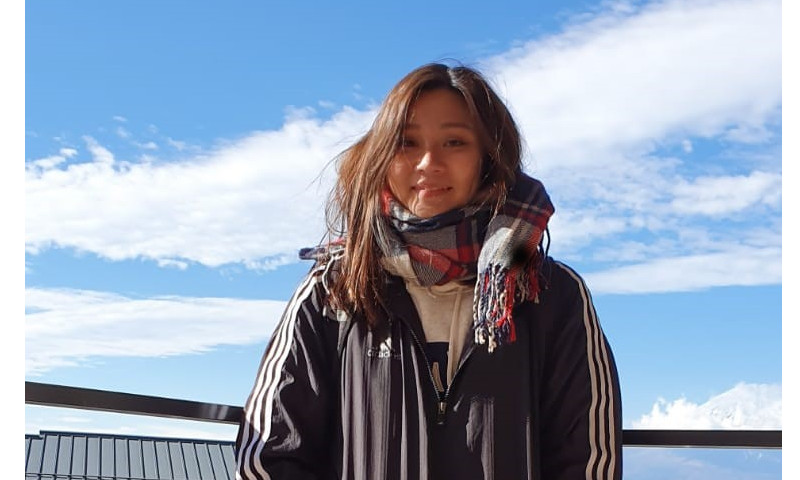2022.12.26
NGS発生生物学現場の会2022 参加報告書 Leo Sylvia(東京工業大学)

東京工業大学 生命理工学院 博士課程
Leo Sylvia
Leo Sylvia
I attended this symposium with many questions: How do I best present my RNA-sequencing data as figures? Should I present them as normalized data, or as raw read counts? How do I approach such a huge dataset and how and where do I start to analyse such data?
Throughout the two days of presentations by both fellow graduate students and established professors, I was able to gain much valuable insight on these topics, as well as developing new points of view on the new cutting-edge sequencing methods that were previously not even on my radar. Relatively novel techniques such as ATAC-sequencing and spatial transcriptomics were applied to various developmental models such as zebrafish, medaka and mice. Despite similar sequencing methods being applied to the same model organism, application methods, experimental designs and experimental approaches varied and made every presentation interesting and full of learning points. The various approaches applied to experimental designs really broadened my horizons, and I was also able to gain more understanding on how to best present my own data depending on the situation and specific information to be conveyed. Seeing how several researchers were able to multiplex their experimental designs was also a big learning point for me.
The world café on the first day was also immensely helpful. Being able to listen in to discussions between researchers brought up points I would not have even noticed, and I was also able to ask direct questions to experts and given the appropriate advice. Overall, this symposium was extremely fruitful, and I am thankful to have been given the chance to attend. I would not hesitate to say that it would help improve my own research as well.
Throughout the two days of presentations by both fellow graduate students and established professors, I was able to gain much valuable insight on these topics, as well as developing new points of view on the new cutting-edge sequencing methods that were previously not even on my radar. Relatively novel techniques such as ATAC-sequencing and spatial transcriptomics were applied to various developmental models such as zebrafish, medaka and mice. Despite similar sequencing methods being applied to the same model organism, application methods, experimental designs and experimental approaches varied and made every presentation interesting and full of learning points. The various approaches applied to experimental designs really broadened my horizons, and I was also able to gain more understanding on how to best present my own data depending on the situation and specific information to be conveyed. Seeing how several researchers were able to multiplex their experimental designs was also a big learning point for me.
The world café on the first day was also immensely helpful. Being able to listen in to discussions between researchers brought up points I would not have even noticed, and I was also able to ask direct questions to experts and given the appropriate advice. Overall, this symposium was extremely fruitful, and I am thankful to have been given the chance to attend. I would not hesitate to say that it would help improve my own research as well.

